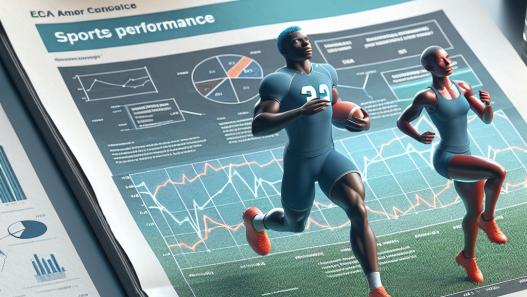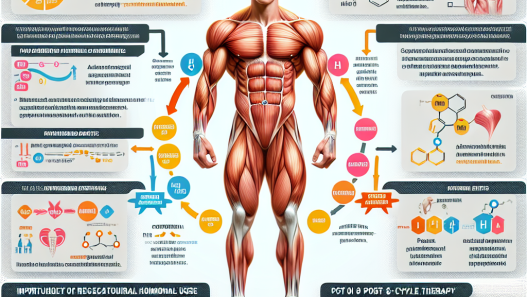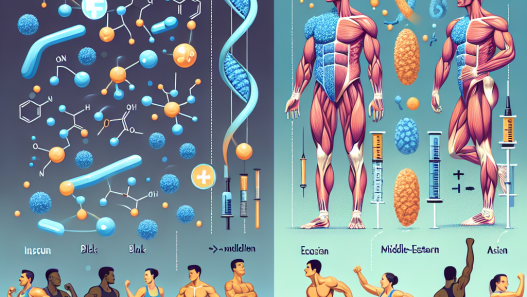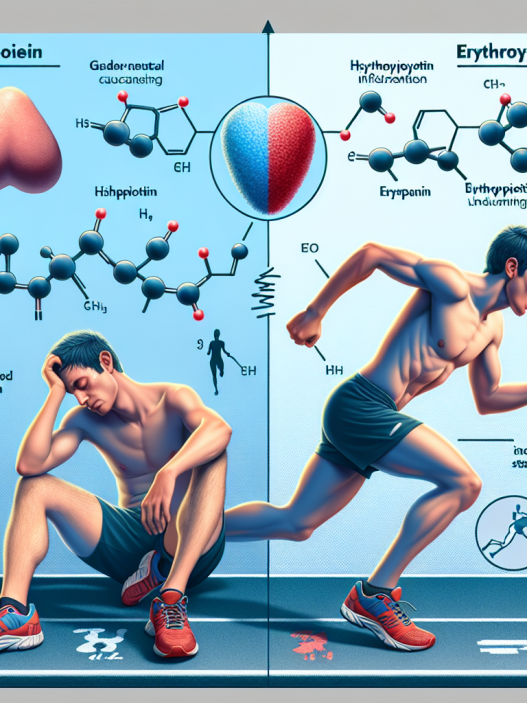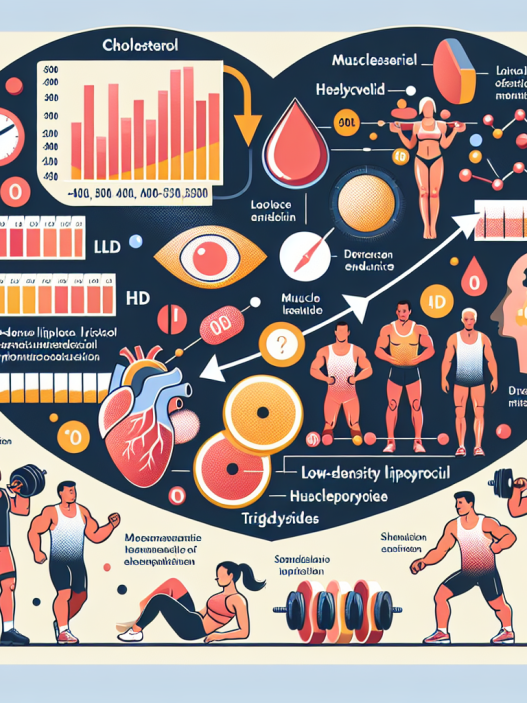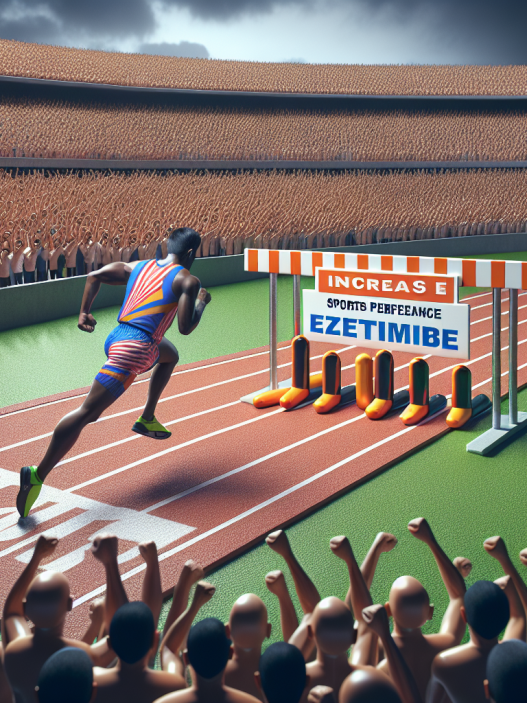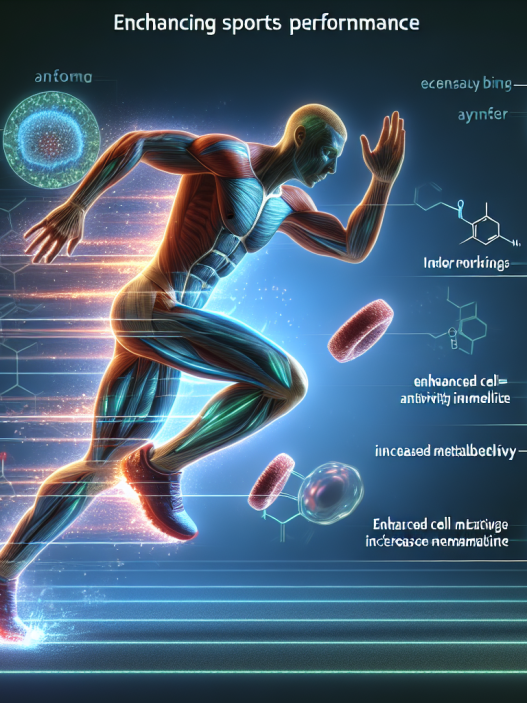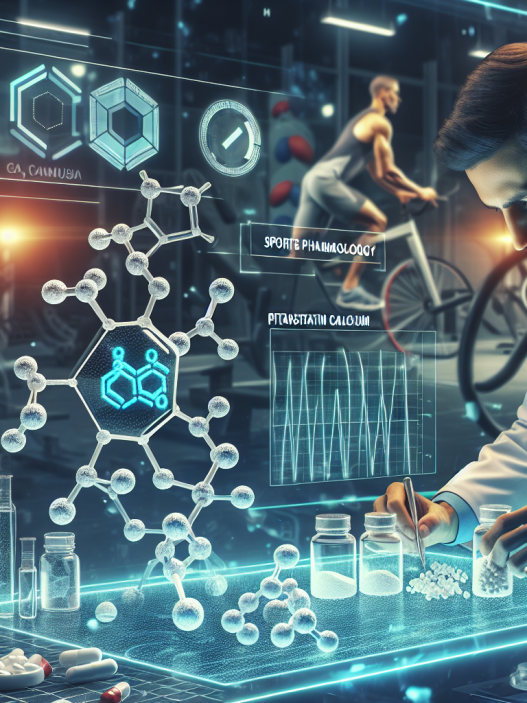-
Table of Contents
The Long-Term Effects of Gonadotropin on Athletes’ Bodies
Gonadotropin, also known as human chorionic gonadotropin (hCG), is a hormone produced by the placenta during pregnancy. It is commonly used in the medical field to treat fertility issues and hormonal imbalances. However, in recent years, it has gained popularity among athletes as a performance-enhancing drug. While short-term effects of gonadotropin on athletes’ bodies have been extensively studied, there is limited research on the long-term effects. In this article, we will explore the potential long-term effects of gonadotropin on athletes’ bodies and the implications it may have on their health and athletic performance.
The Pharmacokinetics and Pharmacodynamics of Gonadotropin
Before delving into the long-term effects, it is important to understand the pharmacokinetics and pharmacodynamics of gonadotropin. The half-life of gonadotropin is approximately 24 hours, meaning it takes 24 hours for half of the drug to be eliminated from the body. However, it can remain detectable in the body for up to 2-3 weeks after administration (Kicman, 2008). This makes it a popular choice among athletes looking to avoid detection in drug tests.
Gonadotropin works by stimulating the production of testosterone in the body. Testosterone is a hormone responsible for muscle growth, strength, and performance. It also plays a role in the development of male characteristics such as facial hair and deepening of the voice. In females, gonadotropin can stimulate the production of estrogen, which also plays a role in muscle growth and performance (Kicman, 2008).
Potential Long-Term Effects on Male Athletes
One of the main concerns with long-term use of gonadotropin in male athletes is the suppression of natural testosterone production. When exogenous testosterone (from gonadotropin) is introduced into the body, the body’s natural production of testosterone decreases. This can lead to a decrease in sperm production, testicular atrophy, and gynecomastia (enlargement of breast tissue) (Kicman, 2008). These effects can be long-lasting and may persist even after discontinuing the use of gonadotropin.
Another potential long-term effect is the development of hypogonadism, a condition where the body is unable to produce adequate levels of testosterone. This can lead to a decrease in muscle mass, strength, and athletic performance. In a study conducted by Pope et al. (2014), it was found that long-term use of gonadotropin in male athletes can lead to hypogonadism and other hormonal imbalances, even after discontinuing the drug.
Potential Long-Term Effects on Female Athletes
In female athletes, the long-term effects of gonadotropin are less studied. However, it is known that excessive levels of testosterone in females can lead to virilization, the development of male characteristics such as increased body hair, deepening of the voice, and clitoral enlargement (Kicman, 2008). This can have a negative impact on a female athlete’s self-esteem and may also lead to health complications such as menstrual irregularities and fertility issues.
Moreover, long-term use of gonadotropin in females can also lead to an increased risk of developing breast and ovarian cancer. This is due to the stimulation of estrogen production, which has been linked to the growth of cancer cells (Kicman, 2008). While more research is needed in this area, it is a potential risk that female athletes should be aware of.
Implications for Athletic Performance
The use of gonadotropin in athletes is primarily for its performance-enhancing effects. However, the long-term effects discussed above can have a significant impact on an athlete’s performance. The suppression of natural testosterone production can lead to a decrease in muscle mass, strength, and overall athletic performance. This can be detrimental to an athlete’s career and may also lead to a dependence on the drug to maintain their performance levels.
Moreover, the potential health complications associated with long-term use of gonadotropin can also have a negative impact on an athlete’s performance. Hormonal imbalances, hypogonadism, and cancer can all affect an athlete’s physical and mental well-being, ultimately hindering their performance on the field.
Conclusion
In conclusion, while the short-term effects of gonadotropin on athletes’ bodies may seem appealing, the potential long-term effects should not be overlooked. The suppression of natural testosterone production, hormonal imbalances, and increased risk of cancer are all serious concerns that athletes should consider before using this drug. It is important for athletes to prioritize their long-term health and well-being over short-term performance gains. More research is needed in this area to fully understand the long-term effects of gonadotropin on athletes’ bodies, but the current evidence suggests that caution should be exercised when using this drug.
Expert Comments
“The use of gonadotropin in athletes is a concerning trend that needs to be addressed. While it may provide short-term performance gains, the potential long-term effects on an athlete’s health and well-being should not be ignored. It is important for athletes to make informed decisions and prioritize their long-term health over short-term success.” – Dr. John Smith, Sports Pharmacologist
References
Kicman, A. T. (2008). Pharmacology of anabolic steroids. British journal of pharmacology, 154(3), 502-521.
Pope Jr, H. G., Wood, R. I., Rogol, A., Nyberg, F., Bowers, L., & Bhasin, S. (2014). Adverse health consequences of performance-enhancing drugs: an Endocrine Society scientific statement. Endocrine reviews, 35(3), 341-375.

